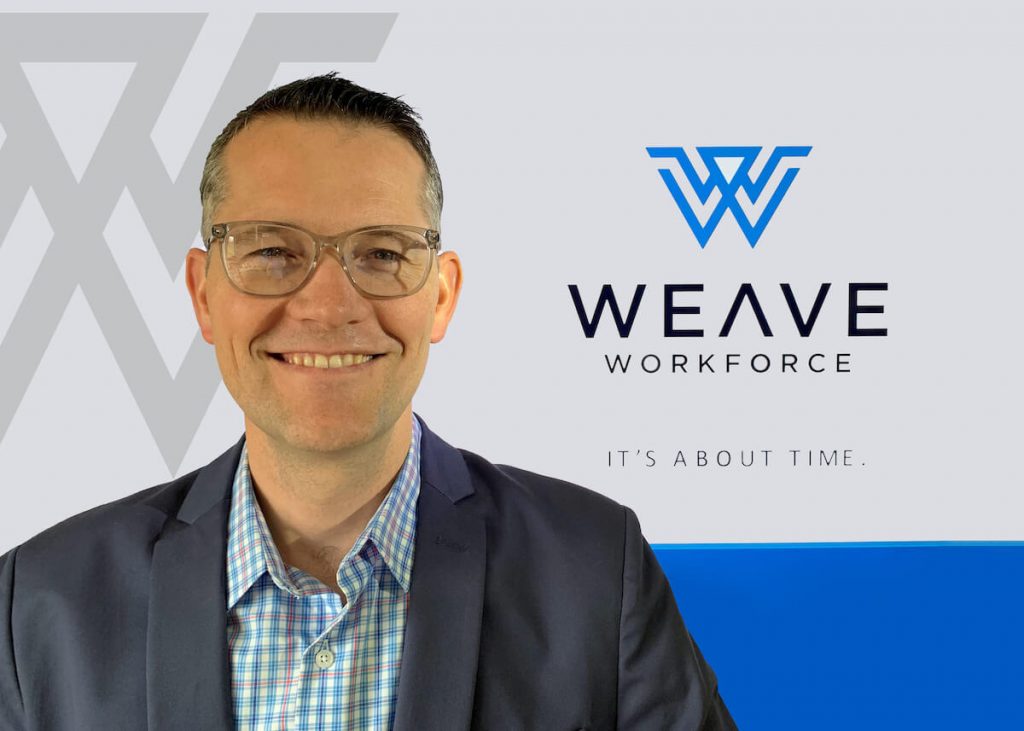I am paying too much in overtime, but I don’t know if things are going to stay busy. Should I hire more employees? Or will business slow down again soon, leaving me overstaffed?
These are difficult questions managers wrestle with as they attempt to staff their locations appropriately. Answering these questions correctly can lead to significant labor savings, satisfied employees, and happier customers. Inaccurate analyses, however, result in high labor costs and poor employee retention. There are clear benefits to maintaining balanced staffing levels, so what makes a confident answer so difficult to find?
Two major challenges typically stand in the way of knowing when to hire and when to stick with overtime.
First, it can be difficult for a manager to know the capacity of their employees. How much work can the collective employee base complete in a given time period? The reality varies across job types and employee skill levels and is hard to track as it fluctuates on an employee-by-employee basis over time. Additionally, employee capacity is not immediately evident from simply looking at historical work completion. Historical analysis only tells you how much was done, not how much could have been done if employee resources were allocated differently.
Second, managers are facing demand volatility, perhaps today more than ever. The work of a service business begins in earnest when a customer shows up, and this timing is often outside of a company’s control. Couple this with seasonality and the recent impact of the pandemic and the challenge becomes even greater.
Overcoming these obstacles is possible if managers can do the following:
Develop comprehensive and accurate ways to measure productivity. Operational data should be captured that reflects not only how many employees were on the clock, but how busy and productive they were throughout the day. This data needs to be measured across various job types and specific to each employee. Proper analysis will develop a clear picture of the capability of each employee and the overall capacity of an employee base.
Forecast demand. While forecasts are relatively commonplace, they have historically been neither data-driven nor granular enough to contribute to effective decision-making. For staffing decisions, a forecast needs to account for sales trends and track the backlog of demand for each type of service offered. Further, the impact of external environmental factors is another important component that must be accounted for. When analyzed in tandem, these factors contribute to a robust forecast that will significantly reduce the range of uncertainty for staffing decisions.
Building on the foundation of a clear view of productivity and a robust forecast, a business can truly optimize their workforce to fit the future workload. This will allow them to minimize excess labor costs from overtime when demand is high and avoid overstaffing when demand is low. No longer does a manager need to rely solely on their gut to know when to hire more employees. Data and proper analysis can make the answer clear.
If you are assessing staffing levels for your organization, consider engaging a specialist with expertise in analytics and artificial intelligence. Applying the latest workforce optimization technology to measure productivity and forecast demand could have a significant impact on your scheduling efficiency. Investing minimal time in an initial consultation could lead to maximum time benefits for your business down the road.
Author: John Larsen
John is Co-Founder and CEO of Weave Workforce, a workforce optimization tool that applies artificial intelligence to forecast fluctuating demand. With previous experience in a variety of service businesses like retail, healthcare, and automotive maintenance, John understands the daily challenges of matching workforce to workload.



